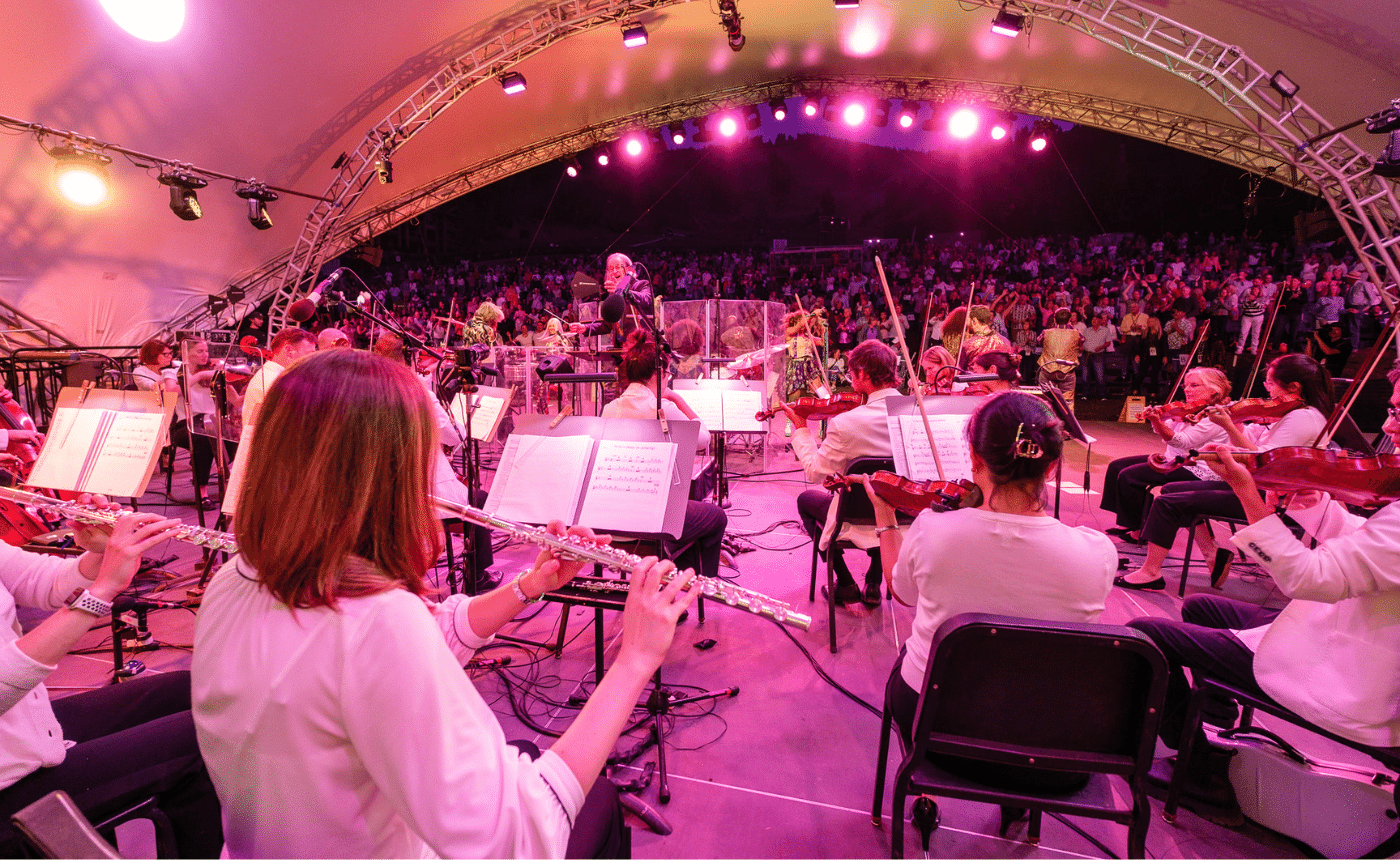Gounod – Ballet Music from Faust
by Jeff Counts
Instrumentation: 2 flutes (2nd doubles piccolo), 2 oboes, 2 clarinets (2nd doubles bass clarinet), 2 bassoons, 4 horns, 4 trumpets, 3 trombones, tuba, timpani, bass drum, cymbals, triangle, tambourine, harp, strings.
Duration: 15 minutes in seven movements.
THE COMPOSER – CHARLES GOUNOD (1818-1893) – Gounod was given to extended periods of professional lethargy when personal matters weighed too heavily on his generally delicate temperament. Doctor visits and travel were often enough to cure his bouts of “mental fatigue” but even with his opera Faust, now ten years old, having finally achieved the status it deserved, Gounod was having trouble summoning the necessary energy to meet the demands of its 1869 revival in Paris.
THE MUSIC – Few literary figures can compete with Shakespeare in the arena of musical tribute. In fact, only one name comes very quickly to mind – Goethe. His great tragedy Faust has been re-told countless times on concert and opera stages for nearly two centuries. Gounod chose a play version by Michel Carré as the structural framework for his opera but included elements from the original Goethe to fully flesh out the libretto. The 1859 premiere had many supporters (Berlioz included) but also a few detractors. Some Germans (Wagner in particular), ever disdainful of French mistreatment of their cultural treasures, later singled out Gounod’s Faust for some rather biting enmity. Not that the opera would fail utterly in Germany. To the contrary, it began to take hold there and elsewhere in the decade following the premiere and before long reached the prominent place we now know it for. Much credit for this goes to the 1869 revival in Paris that occasioned the addition of the ballet music in Act V. This suite, called by Saint-Saëns “a masterpiece of it’s kind,” was almost not written. At least not by Gounod. Gounod was reluctant to take it on and considered letting Saint-Saëns compose it instead. The younger man tentatively agreed with the understanding that Gounod feel free to replace it with music of his own if he so desired. According to Saint-Saëns, “I never wrote a note, and never heard any more about it.”
THE WORLD – The “Golden Spike” was driven in 1869, joining the Central Pacific and Union Pacific railroads at Promontory Summit in Utah. Also in 1869, the scientific journal Nature was first published in England and French painter Henri Matisse was born.
THE CONNECTION – The Ballet Music from Gounod’s Faust has only been performed once on a Utah Symphony Masterworks concert. It was 1999 and Pavel Kogan was on the podium.












